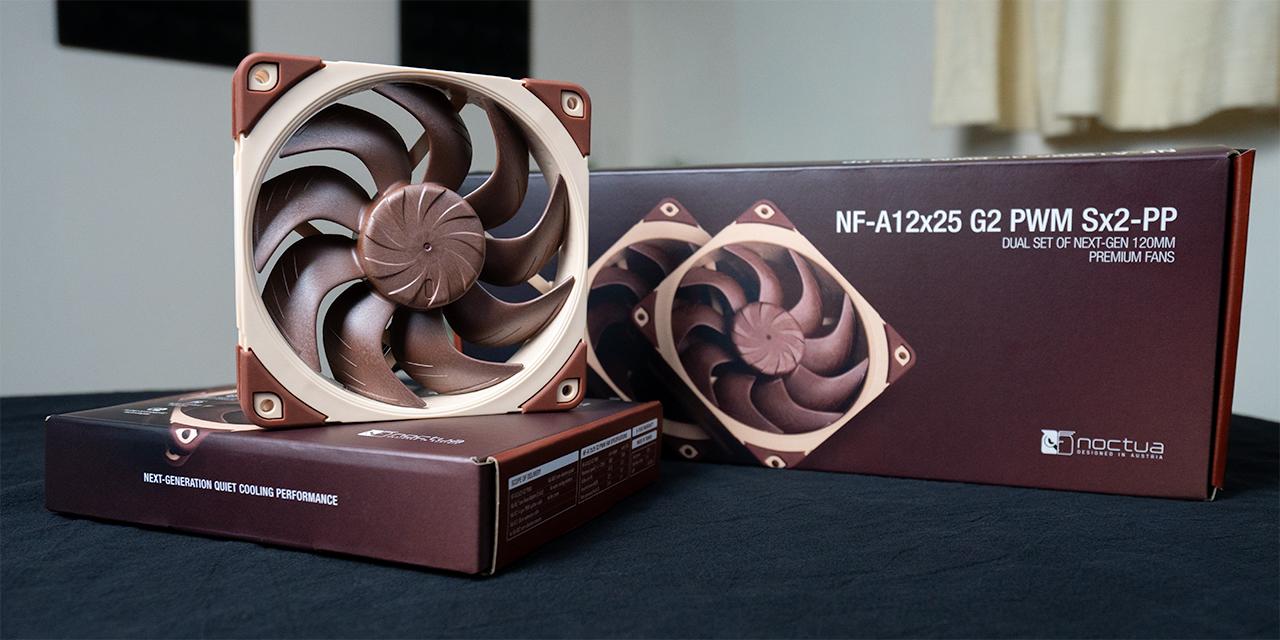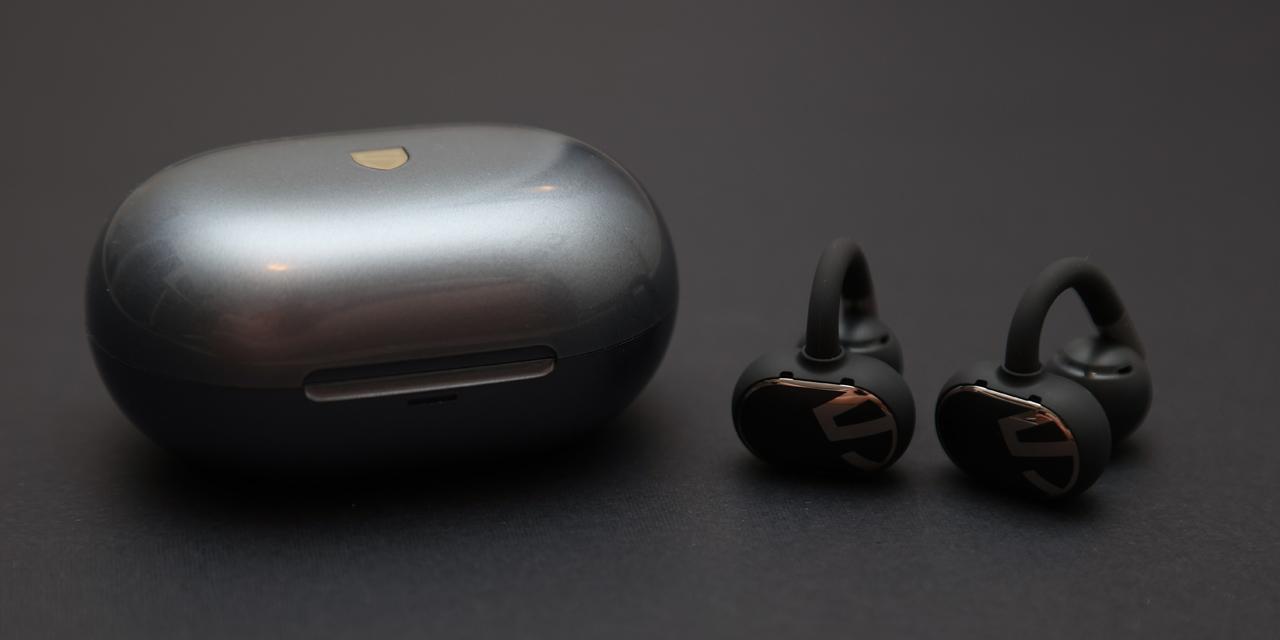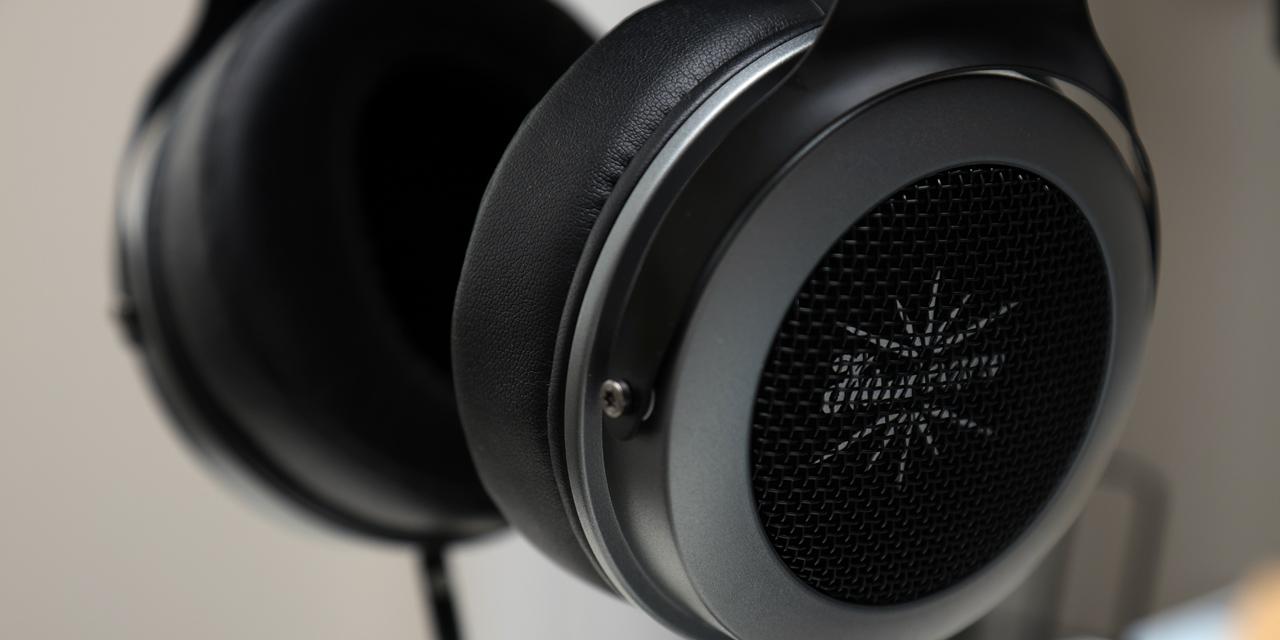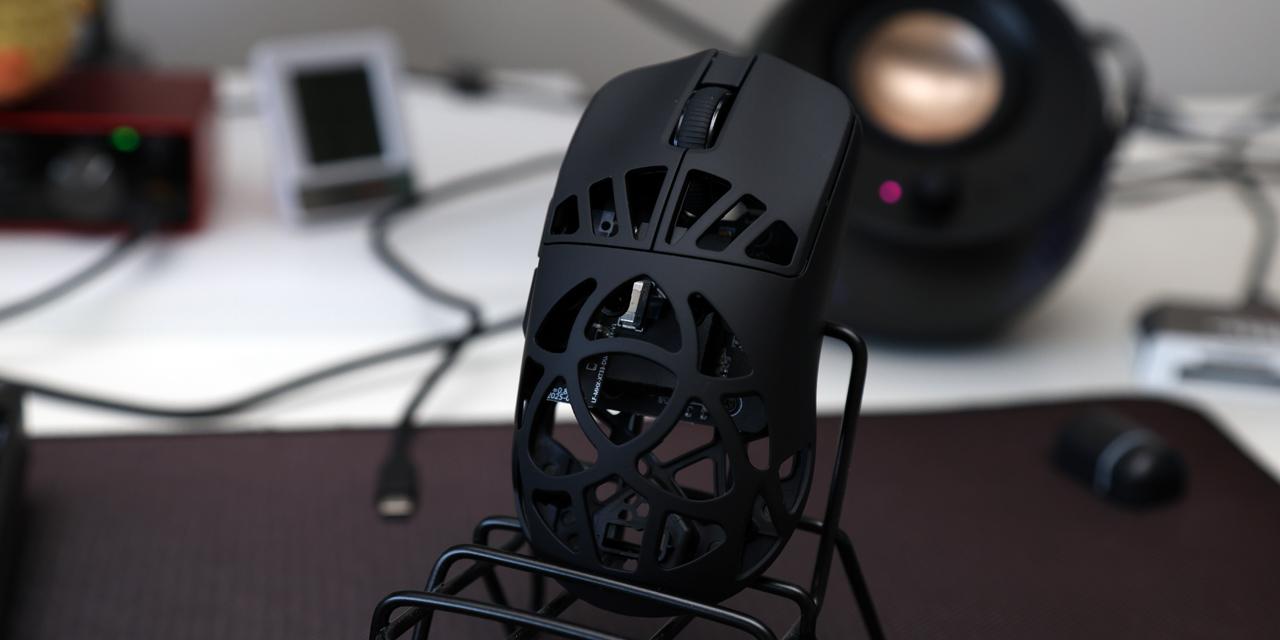|
From X-bit Labs: Western Digital announced its solid-state hybrid drives (SSHD), storage devices that combine high-speed NAND flash memory and high-capacity rotating media, last September, but since the products are still in development, they will likely miss window of opportunity this year and will only become available in new notebook PCs in 2014. Western Digital’s its 2.5/5mm form-factor hybrid hard drive (HHD) products will likely miss design window opportunities with leading personal computer makers this year, the company’s management revealed during a conference call with financial analysts. Before innovative computer components are integrated into high-volume PCs, they have to pass validation process and be 100% ready for mass production. Unfortunately, it looks like WD’s SSHD’s will not be ready for qualification by mid-year, when PC makers will finalize their designs for the back-to-school (BTS) season. As a result, while WD will initiate production of solid-state hybrid drives in 2013, only some PCs will actually employ them. “We do not expect any revenue to materialize [from SSHD] until we move into the back half of calendar 2013, with hopefully it being more of a meaningful contributor particularly as we move into calendar 2014. […] We have to hit the design time frames, design windows with our customers… [So] we do not anticipate there being any [revenue] shipment of [SSHDs] both from a development standpoint and from a design in perspective until the back half of 2013 with an all likelihood of being a more meaningful contributor in 2014,” said Stephen Milligan, chief executive officer, during the conference call with financial analysts. Unlike hybrid hard disk drives that are available today, WD's HHD utilizes multi-level cell NAND flash memory. Similar to the practice of enterprise systems, WD’s hybrid technology utilizes the concept of tiered storage. Data accessed most frequently (often referred to as ‘hot’ data) is managed using speedy NAND flash to ensure fast response times, while data accessed less often (‘cold’ data) resides on the magnetic disks. The magnetic disk backs up all files residing in the NAND, protecting the user from inevitable NAND wear and preserving it for the more hot data handling. WD’s hybrid technology works in conjunction with the PC operating system to deliver higher performance than current hybrid offerings while minimizing NAND wear to allow the use of less expensive MLC NAND. View: Article @ Source Site |
 |
Mass Availability of WD’s Solid-State Hybrid Drive Slips to 2014
© Since 2005 APH Networks Inc. All trademarks mentioned are the property of their respective owners.





